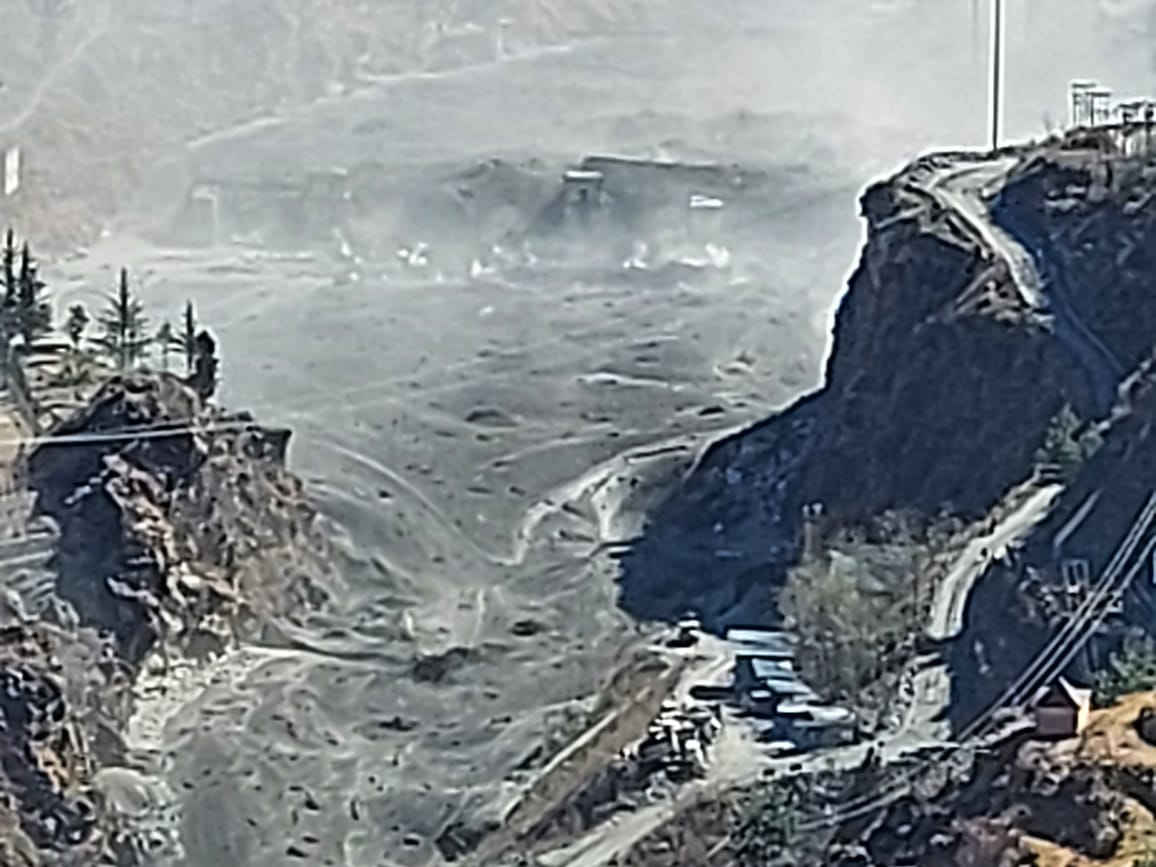Different views have emerged regarding the the cause of the devastating flash flood in Uttarakhand on Sunday in which 18 people died over 200 are missing.
While experts say it is too early to point out what caused the disaster some are of the view that is was a "glacial lake outburst flood." Environmentalists have blamed the disaster on the rapid pace of development in the region and on climate change.
Geological Survey of India (GSI) experts said prima facie the deluge appears to be caused by "glacial calving". Glacier calving is the sudden release and breaking away of a mass of ice from a glacier. "Post this devastation, we'll again constitute a committee as it's too early to predict regarding the cause of incident. Prima facie, it's glacial calving at the highest altitude in Rishiganga and Dhauliganga area and the upper reaches of that," said GSI chief Dinesh Gupta.
On Sunday, authorities said the trigger may instead have been a phenomenon called a glacial lake outburst flood (GLOF). This happens when the boundaries of a glacial lake are suddenly breached, releasing large amounts of water downstream.
Glaciers are large bodies of ice moving slowly. So, when a glacier retreats, it leaves behind a large impression in the ground, filling it with water and a lake is formed. This is known as a moraine, which can be impounded by precarious pile of debris and buried ice, according to the encyclopedia of Canada's University of Calgary. The moraine dammed lakes weaken as the water level rises and the glacier retreats. They might crumble under pressure from the swelling lake, leading to massive floods.




















